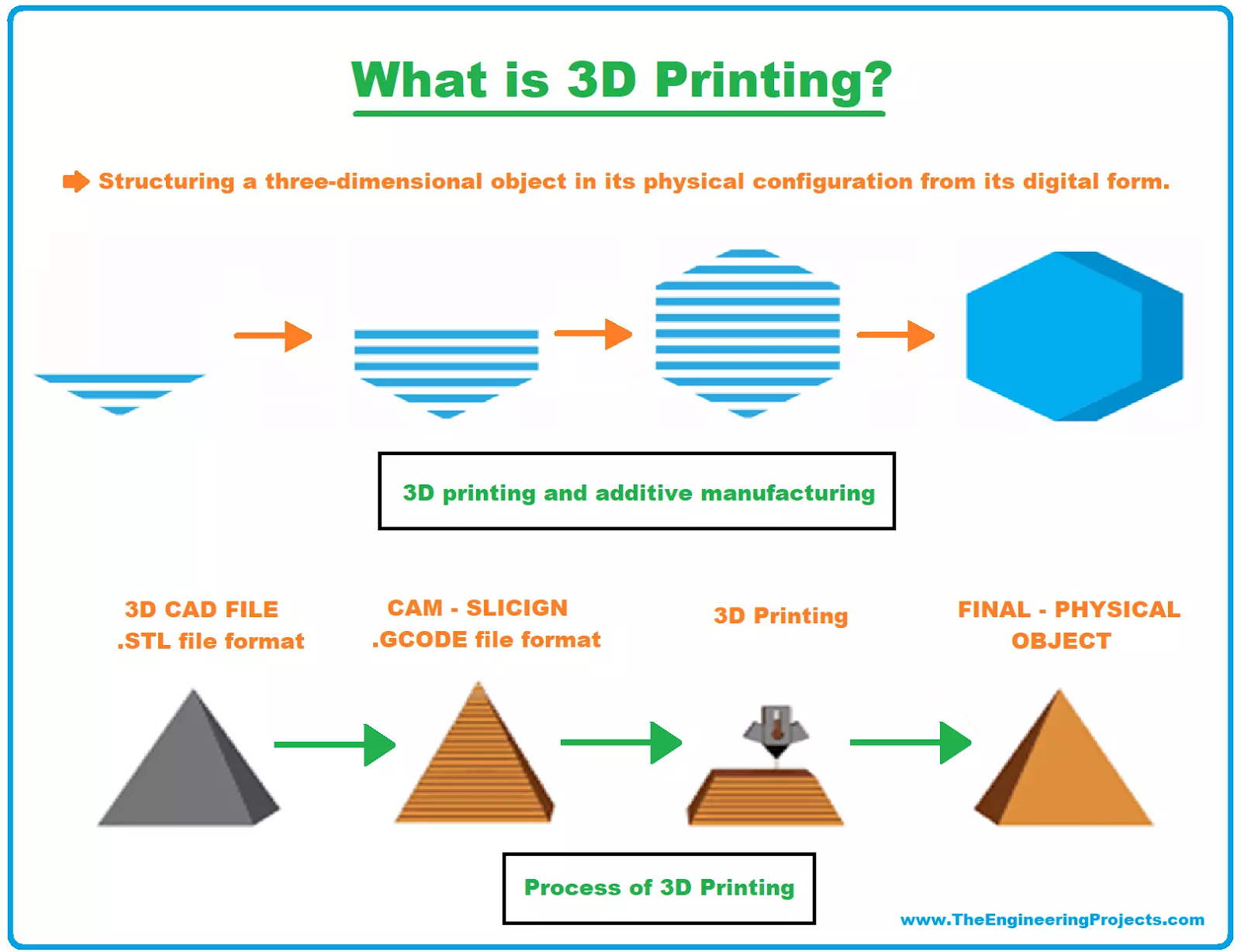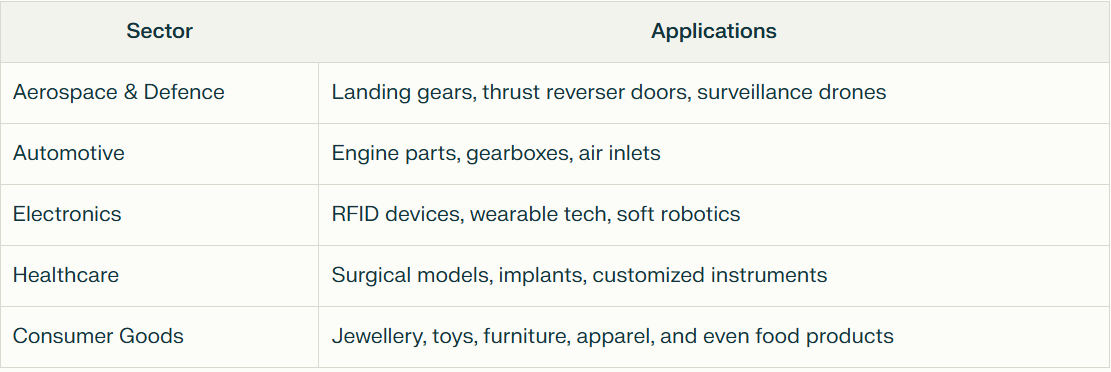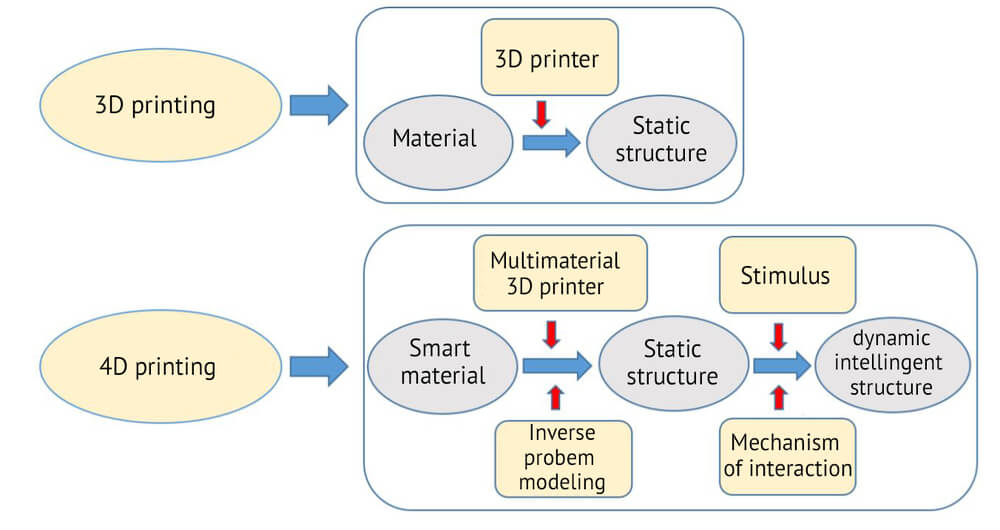Important Facts For Prelims
Japan Created 3D-Printed Train Station
- 11 Apr 2025
- 4 min read
Why in News?
Japan has constructed the world’s first 3D-printed railway station (Hatsushima Station), completed in just 6 hours using additive manufacturing (3D printing) technology.
- The station’s 3D-printed parts, made with special mortar reinforced with concrete, were transported by separate trucks to the construction site, reducing labor needs and on-site construction time, which was then assembled in short time.
What is 3-D Printing Technology?
- About: 3D printing or Additive Manufacturing (AM), is a process that creates 3-dimensional objects by adding material layer by layer based on a digital design.
- It is the opposite of traditional (subtractive) manufacturing, which involves removing material from a solid block through cutting or drilling.
- Working Mechanism:
- Design & Conversion: A digital 3D model is developed using computer-aided design (CAD) software or 3D scanning. This model is then sliced into thin layers and converted into machine-readable G-code instructions.
- Printing & Post-Processing: Material (plastic, metal, etc.) is deposited layer by layer by the 3D printer to build the object as per the design. Post-printing, the object is cleaned, cured, assembled, and tested for precision and performance.
- Materials Used: It uses a variety of materials including thermoplastics, metals and alloys, ceramics, and biomaterials like bioinks for medical applications.
- Common Methods of 3D Printing: Common 3D printing methods include Material Jetting, Directed Energy Deposition (DED), and Sheet Lamination, which build complex objects layer-by-layer with precision.
- Key Applications:
What is 4D Printing Technology?
- About: 4D printing is an advanced form of 3D printing where objects made using smart/intelligent materials (like hydrogels, active polymers) can change shape, structure, or properties over time in response to external stimuli like heat, light, moisture, or pressure.
- Unlike static 3D prints, 4D-printed objects can bend, self-assemble, repair, or transform autonomously, enabling dynamic and responsive structures without the need for electronics or human intervention.
- Key Applications:
- Medicine: Adaptive implants like dissolvable stents and smart devices that adapt to body growth or temperature, used in life-saving surgeries and targeted drug delivery.
- Clothing & Footwear: Enables adaptive wearables that respond to environmental conditions, military uniforms and sportswear can adjust ventilation, color, or fit dynamically.
- Aerospace & Automotive: NASA's 4D-printed smart fabrics for astronaut suits and intelligent materials for impact-resistant airbags and cooling aircraft engines.
UPSC Civil Services Examination Previous Year Question (PYQ)
Prelims
Q. Which one of the following is the context in which the term “Qubit” is mentioned?
(a) Cloud Services
(b) Quantum computing
(c) Visible light communication technologies
(d) Wireless Communication Technologies
Ans: (b)
Q. With the present state of development, Artificial Intelligence can effectively do which of the following?(2020)
- Bring down electricity consumption in industrial units
- Create meaningful short stories and songs
- Disease diagnosis
- Text-to-Speech Conversion
- Wireless transmission of electrical energy
Select the correct answer using the code given below:
(a) 1, 2, 3 and 5 only
(b) 1, 3 and 4 only
(c) 2, 4 and 5 only
(d) 1, 2, 3, 4 and 5
Ans: (b)







